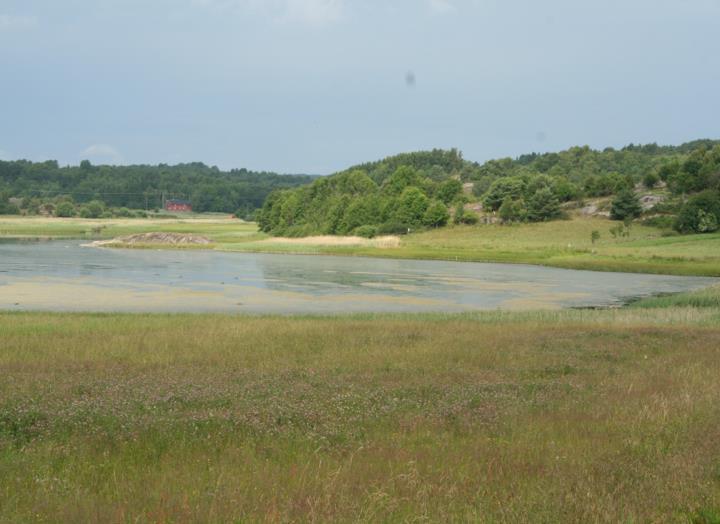Researchers from University of Gothenburg and the Swedish University of Agricultural Sciences (SLU) show that both species diversity and habitat diversity are critical to understand the functioning of ecosystems.
Marine shallow-water environments, where this research was performed, are highly productive systems organized into distinct habitats. There are sandy beaches and silty mud, areas covered by cyanobacterial mats and meadows of plants. They represent very different habitats for microorganisms, such as bacteria and microalgae. These microorganisms perform various functions. For example, they produce oxygen, reduce eutrophication by the retention of bioavailable nutrients, and their habitats serve as nurseries for fish.
Christian Alsterberg and co-workers investigated the relative importance of habitat diversity and microbial diversity for how coastal sediments function. Although the significance of these environments has been acknowledged before, the importance of the diversity of habitats for how well they function was investigated for the first time.
The researchers set up an experiment with sediment cores combined into model ecosystems with different habitat diversity. Ecosystems with two or more habitats scored better in functionality than single-habitat ecosystems. This effect on ecosystem functioning has previously been recognized when communities differ in species diversity. Here, Alsterberg and colleagues show that the concept also applies to the diversity of habitats.
Species and habitat diversity are both threatened by human activities. Habitat homogenization is commonly observed in many ecosystems worldwide. This study demonstrates that both species and habitat diversity are important to maintain a functional ecosystem and to predict feedbacks from natural and anthropogenic perturbations. A stronger focus on habitats could be relevant from a management perspective.

